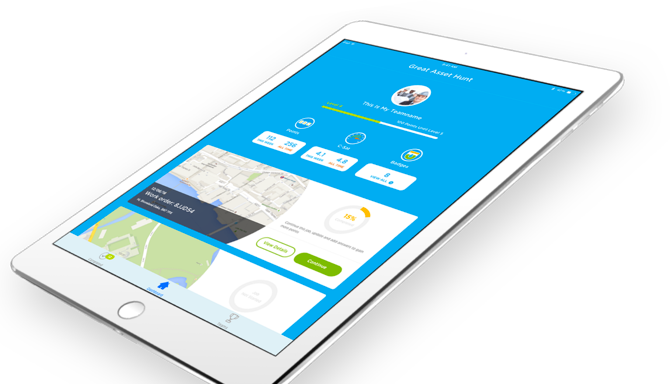PopJam
Year
2013 – 2014
Role
Product Manager + UX
TL;DR
At Mind Candy we built a safe, creative community for kids. PopJam is a space where <13s can create/ share art and engage with their favourite brands. We grew it to over 1m users and PopJam was sold to SuperAwesome in 2015.
Background
Early 2013 Instagram had 90m active users (a far cry from the >1B today) but was already popular with kids, even though it didn’t have any of the safeguards necessary to create a safe environment. In-fact all the major social and messaging products had a large user base of <13 year olds, even though these products were ‘technically’ restricted to 13+ because of COPPA laws.
While I was at Mind Candy working on Moshi Monsters we were acutely aware of these issues. At one of the quarterly town halls Michael Acton Smith, the CEO, presented an idea to create a safe chat app for kids using the expertise the company had grown running Moshi Monsters for the last 5 years. Myself and 3 other colleagues (Dan Atherton, Ed Harrison and Noel Markham) decided we would make a prototype in our spare time to show our vision for how this product could work. Later, Marcus Thornley was hired to as Head of Platform at Mind Candy, and our work on the prototype led us to being the first people on the team.
What we did
As we were building JellyChat internally (rather than for a client), we were focused on building a highly effective team that could ship products and iterative quickly to prove our hypothesises. Turned out that was necessary as it took multiple major iterations of JellyChat (now PopJam) to work.
JellyChat v1.0 - Character driven chat
The first version of JellyChat was designed to allow kids to chat to their friends in a safe, fun and creative space.
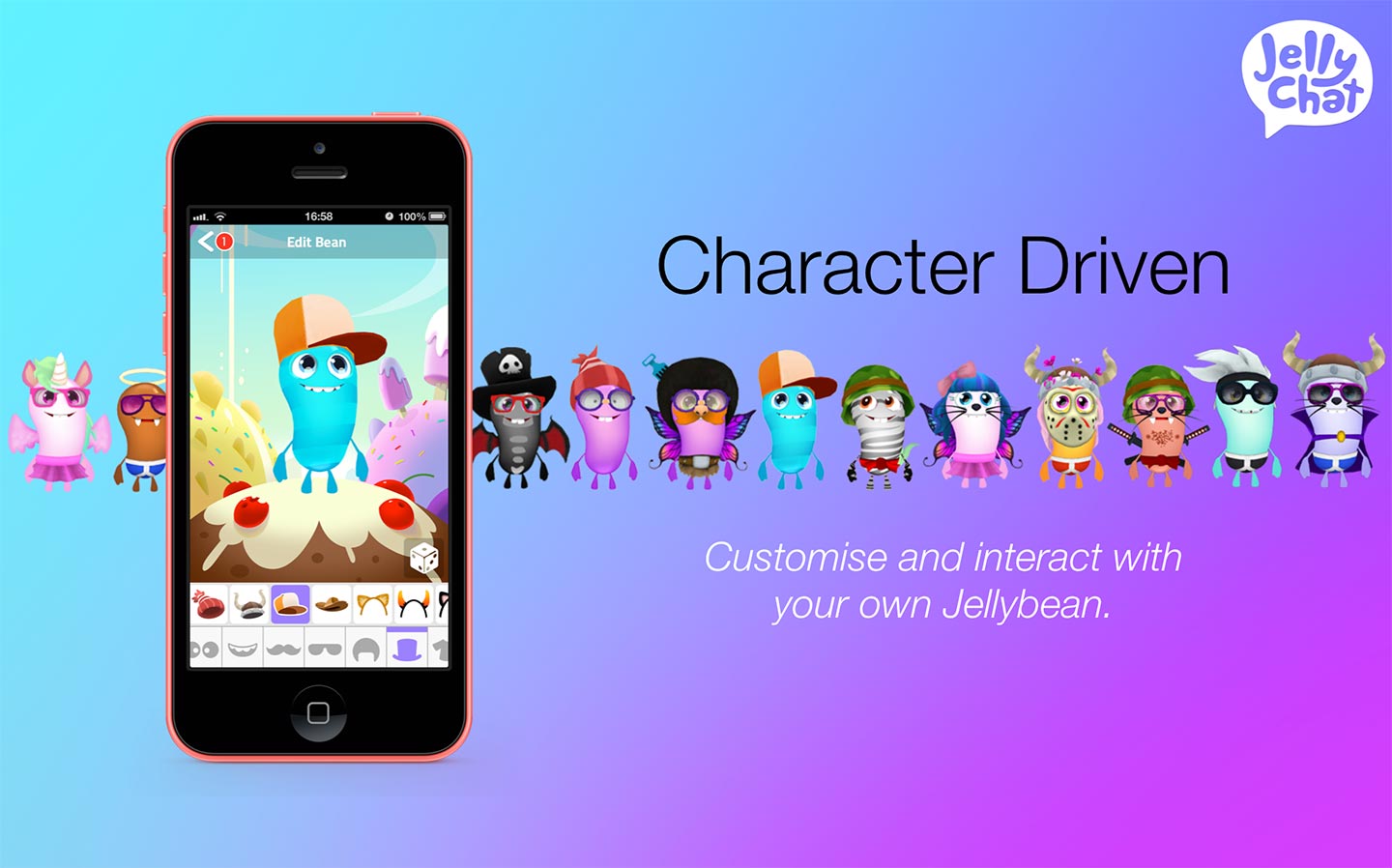 We created 3D Jellybean characters that kids could create to represent themselves in the chat. There were hundreds of different items and skins kids could use to design their character then they could then play with their character on their profile.
We created 3D Jellybean characters that kids could create to represent themselves in the chat. There were hundreds of different items and skins kids could use to design their character then they could then play with their character on their profile.
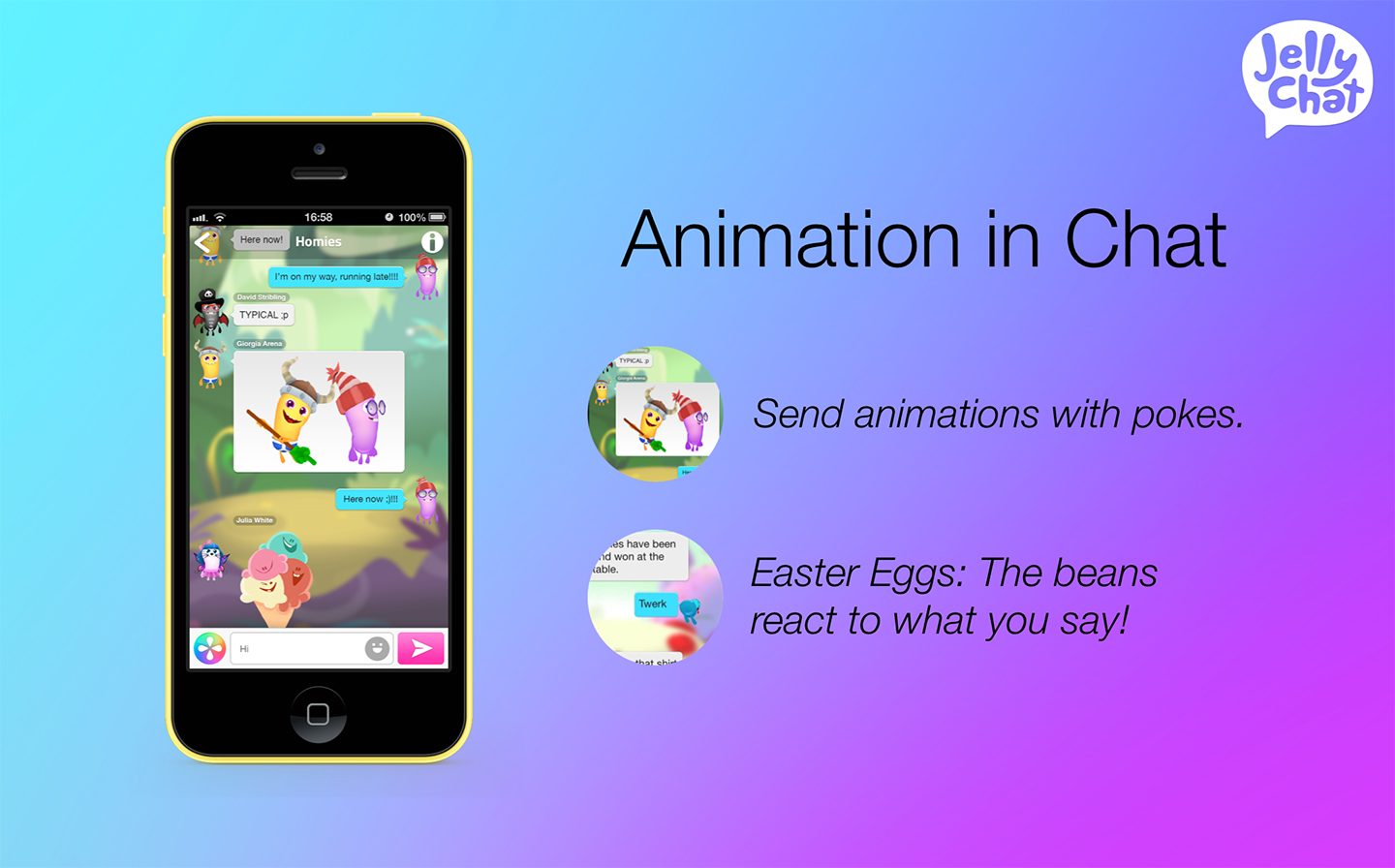 The jellybeans were then used to make chat more fun, kids could send 3d animated ‘pokes’ to each other of their beans interacting (kind of like 3D Bitmoji today). The bean avatars would also react to the chat conversion, laughing at a ‘lol’ or crying at a sad face emoji.
The jellybeans were then used to make chat more fun, kids could send 3d animated ‘pokes’ to each other of their beans interacting (kind of like 3D Bitmoji today). The bean avatars would also react to the chat conversion, laughing at a ‘lol’ or crying at a sad face emoji.
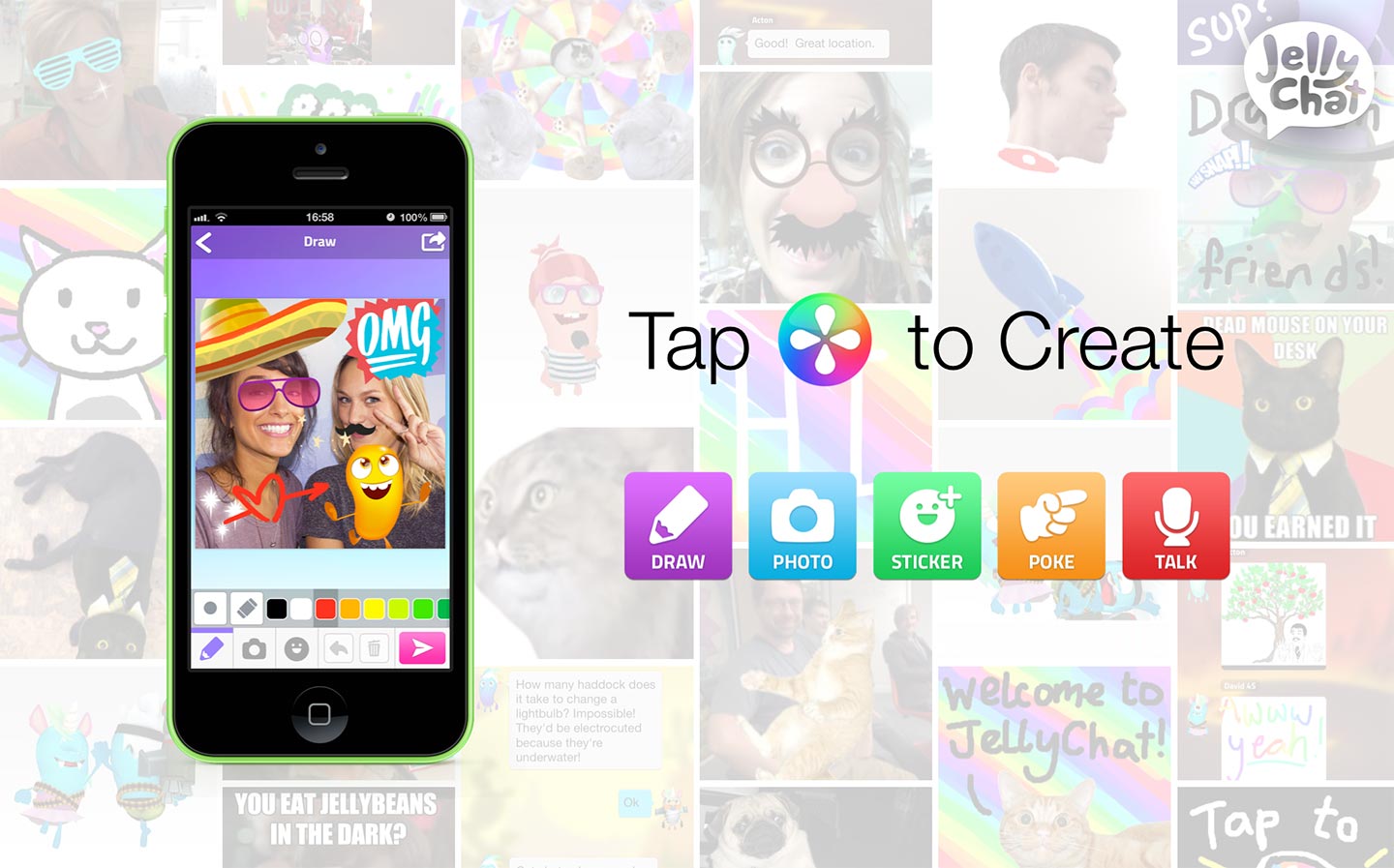 We also built a set of creative tools that let kids send drawings (including a rainbow brush!), photos and custom designed stickers all combined into wonderful creations.
We also built a set of creative tools that let kids send drawings (including a rainbow brush!), photos and custom designed stickers all combined into wonderful creations.
Results
While the app play-tested very well with kids loving the creative tools and designing their characters. When we launched an initial beta version we realised that it was just too difficult for kids to get set up to become engaged users. They not only had to set themselves up, but they also had to convince friends to join and then add them too before having a fun experience. We weren’t providing enough fun up-front to motivate kids to go through that amount of effort. However the kids that did manage to set up their own communities became highly engaged.
JellyChat v2.0 - Creative community + chat?
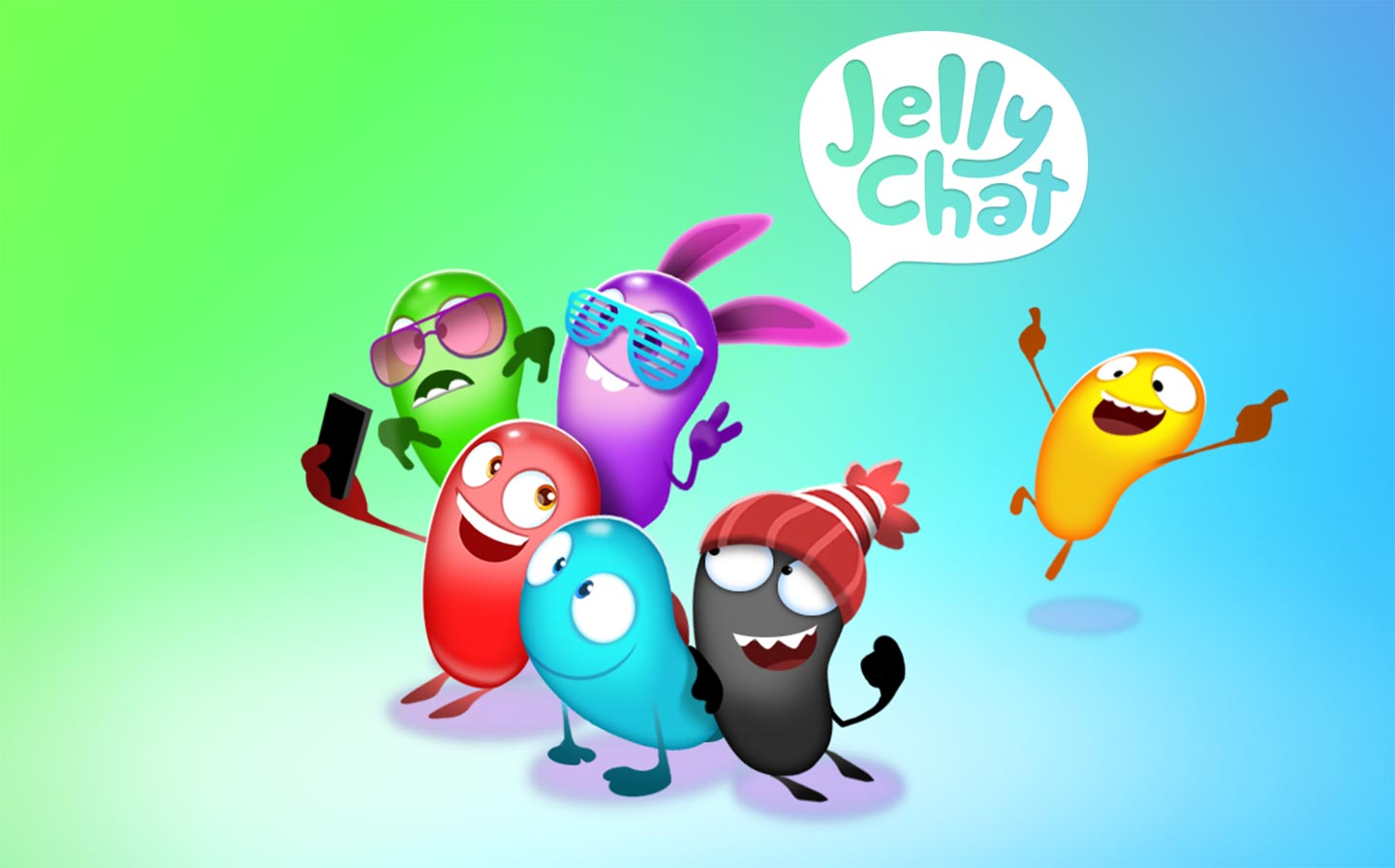
Creative community
We decided to focus on providing a way for kids to use the creative tools to express themselves and get feedback without going through the effort to get their friends to join a chat. Our solution to this was to create a creative community where kids could share their creations with their peers in a safe space.
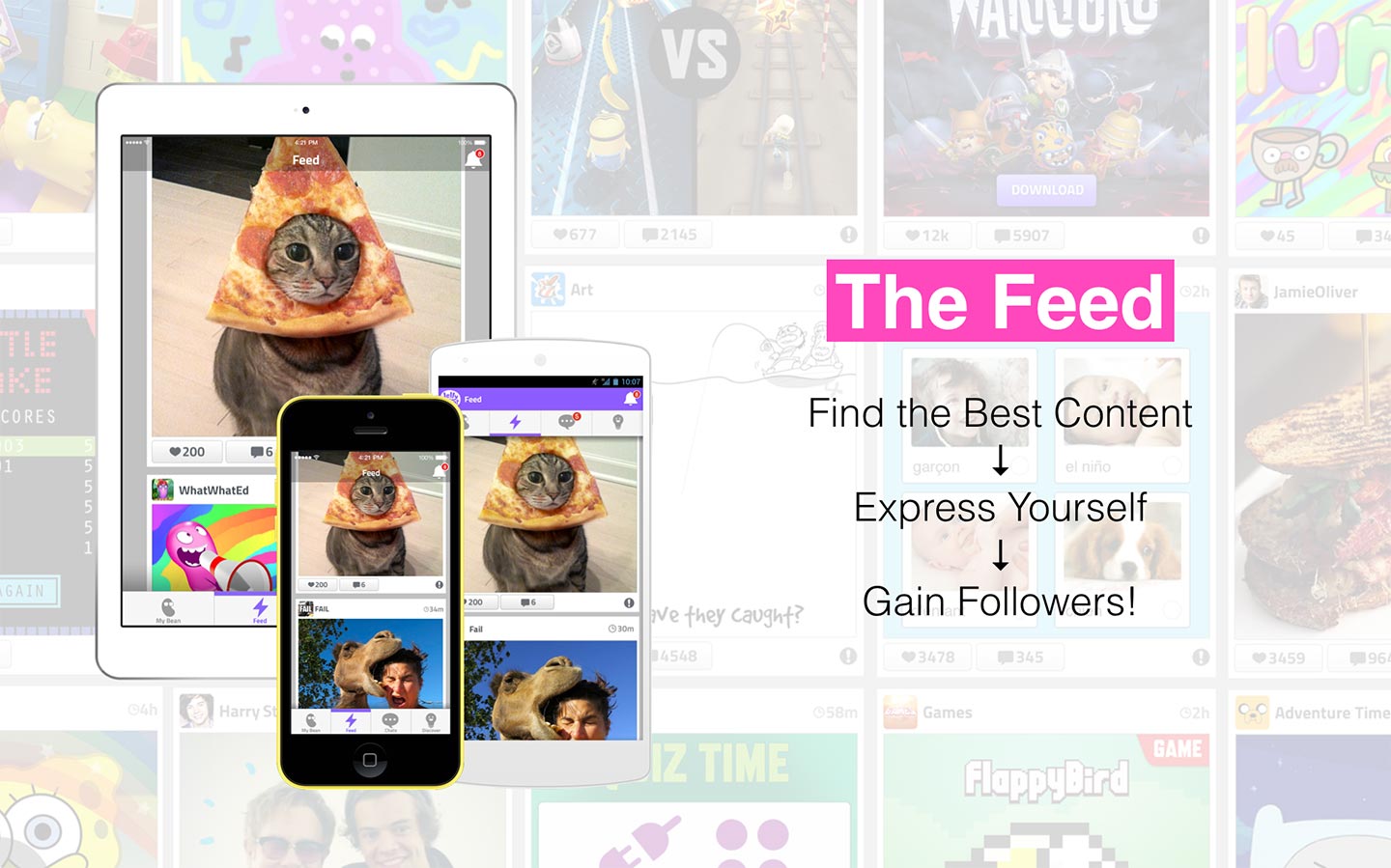
The feed
The content feed was a public space that sat alongside chat. Kids could follow each other and only mutual followers were able to chat. The feed was designed to allow creativity, every post has comments underneath and tapping on the original post allows kids to remix it and post their new creation as a comment. This allowed for make-shift polls, games and more.

A place for things kids love
To help ensure kids had content to enjoy immediately we created the concept of ‘Channels’. Channels were internally run accounts that would share fun images, creates, games, memes and polls around interest areas allowing kids to follow the channels they found the most interesting. New users followed our most popular channels by default giving immediate value to new users. The plan was to grow channels by working with brands to features kids favourite products/IP - we started internally with Moshi Monsters channels and fan pages to test the concept. One of the most successful non-branded channels was the Daily Challenge which gave a fun competition for all users to compete in everyday with the winner getting featured in the Hall of Fame! Fun fact: I made myself the first member of the Hall of Fame

Safety first
While JellyChat v1.0 did feature lots of safety features to ensure that kids were safe in their chats, it was primarily designed for kids to talk to their friends who they already knew. The addition of the social feed made it much easier for kids to find new people to follow and engage with. To ensure that all content remained appropriate we built in sophisticated moderation tools and enlisted the Moshi Monsters moderation team to moderate JellyChat 24/7. All public posts were pre-moderated before appearing to everybody ensuring content met our strict guidelines.

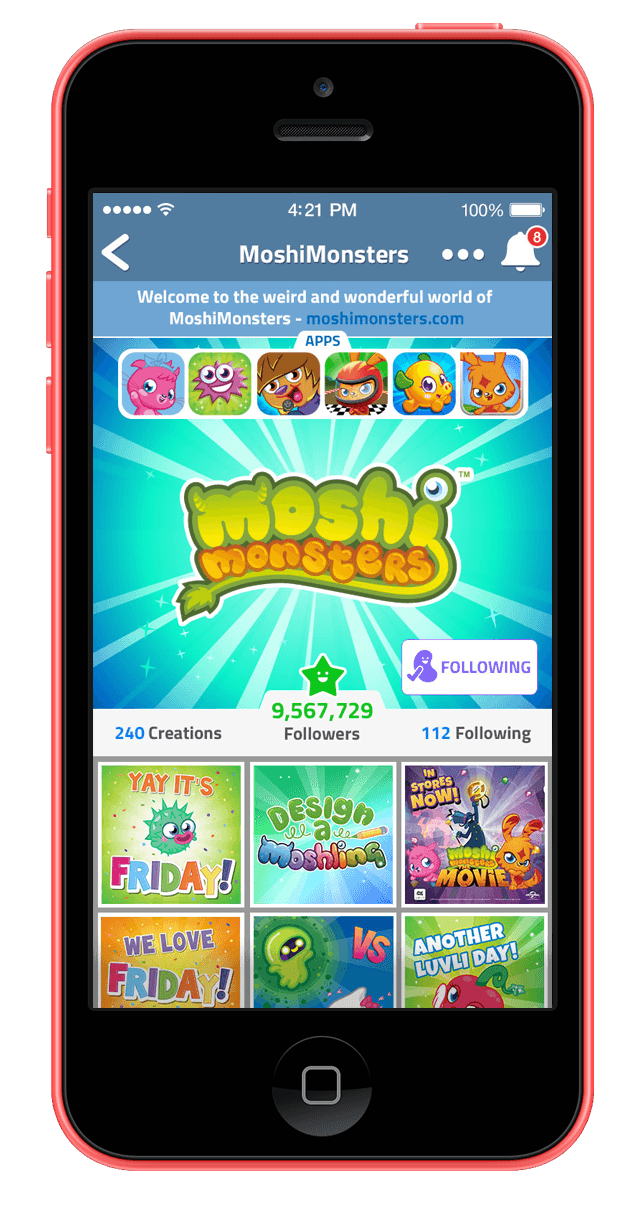


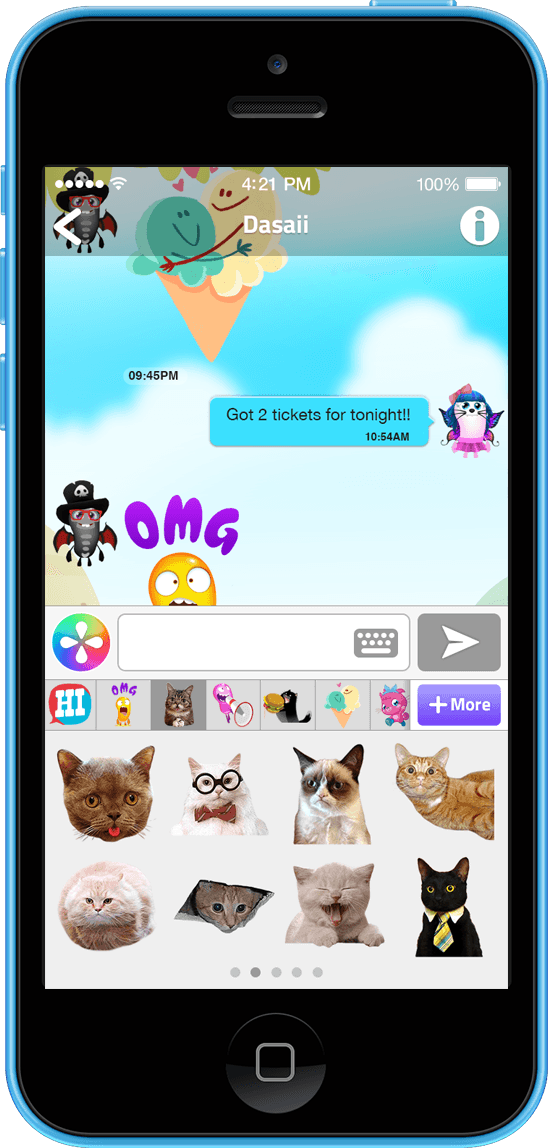

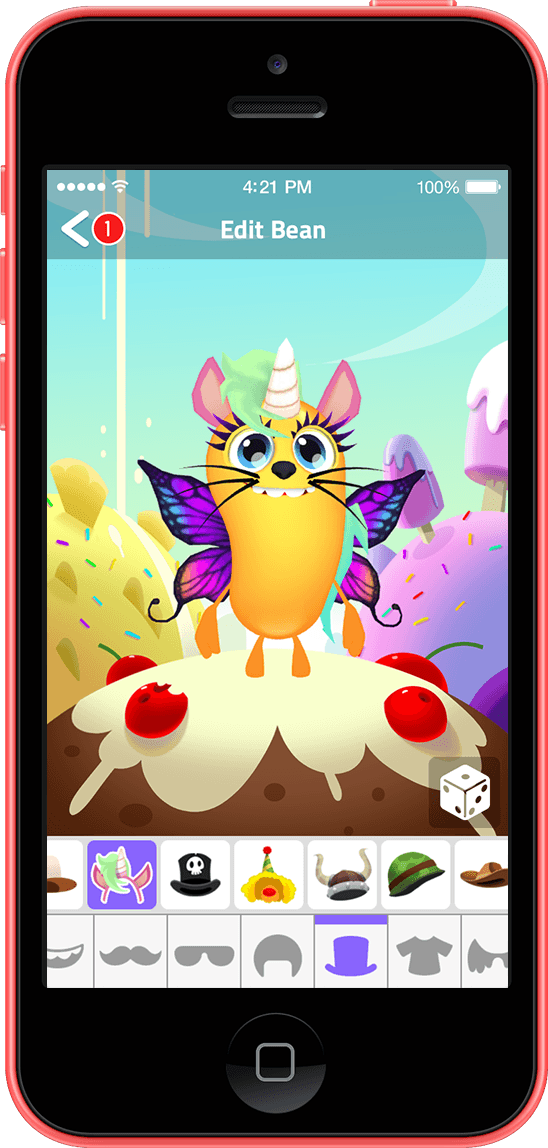
Results
The feed was a huge hit, our initial retention spiked and kids were spending an increasing amount of time playing JellyChat. However, we ended up with a bit of a confused product, with community feed, private chat and character creation feature all-in-one. Another issue we had realised during our extended beta is the brand was off-putting to some kids as being too young.
PopJam is born - focus on community
We needed to focus, which meant removing chat. As our 3D jellybean characters didn’t provide much benefit outside of the chat, and aged the app down - it also meant a goodbye to our animated friends. The jellybean characters lived on in sticker packs and avatars though! We re-branded as PopJam (since there was no more Jelly or Chat!), and redesigned the app to focus on what we knew worked and was popular with kids.
After the rebrand we continued to build on the success of the feed: adding new creative tools (like animated stickers, new brush sizes, multiple photos etc), partnering with great brands to become channels, and adding new types of content to the feed (polls, games, quizzes).
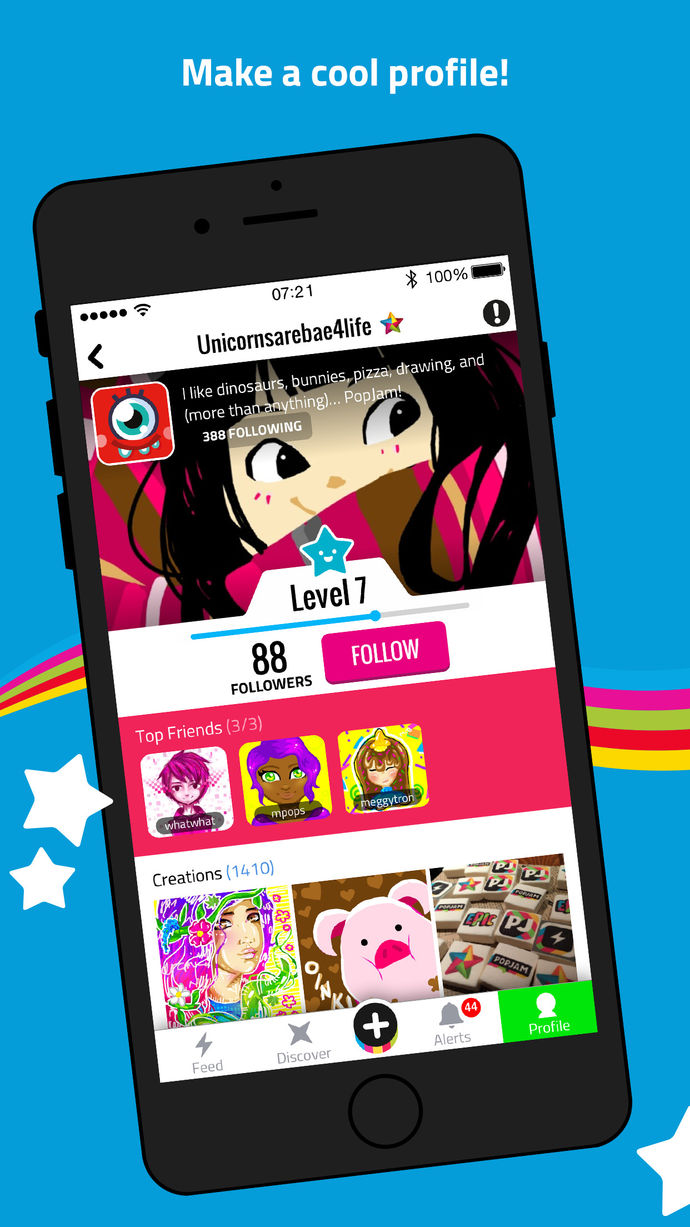
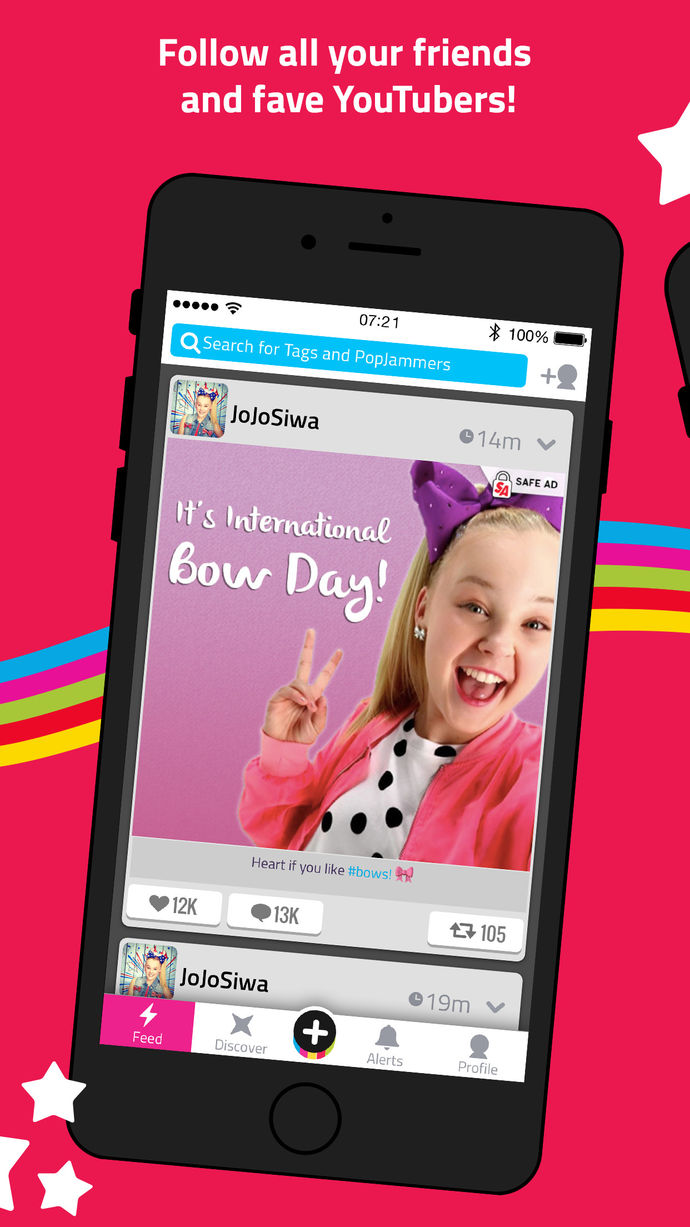
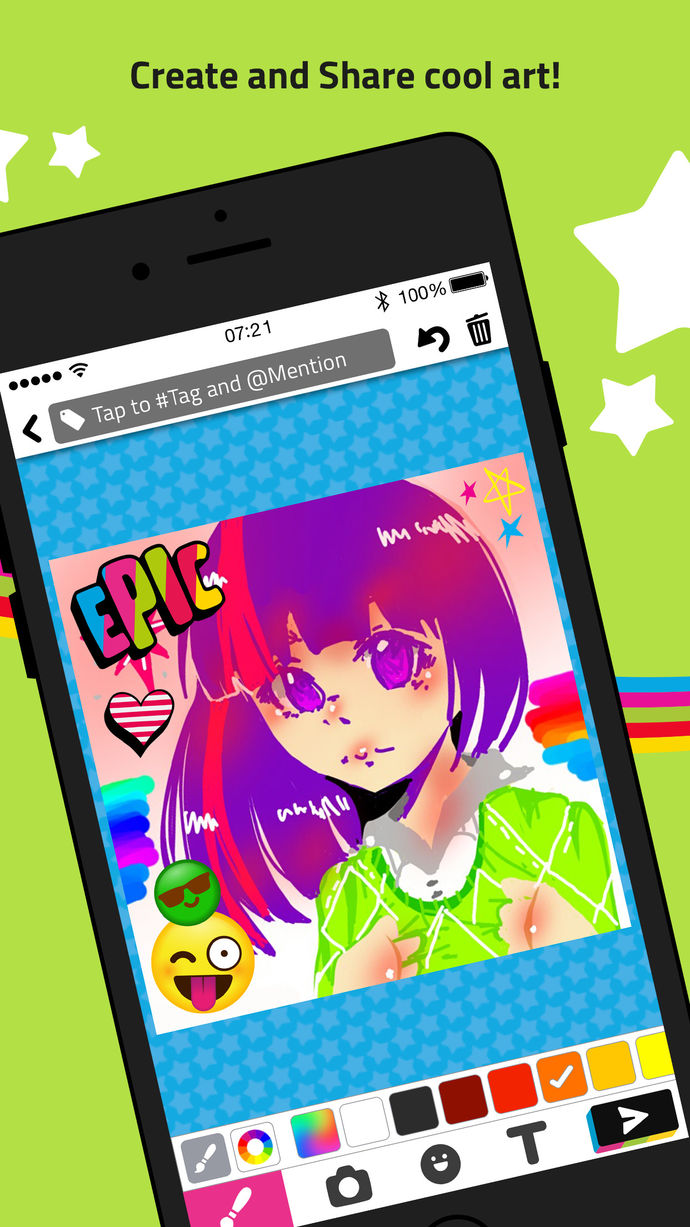

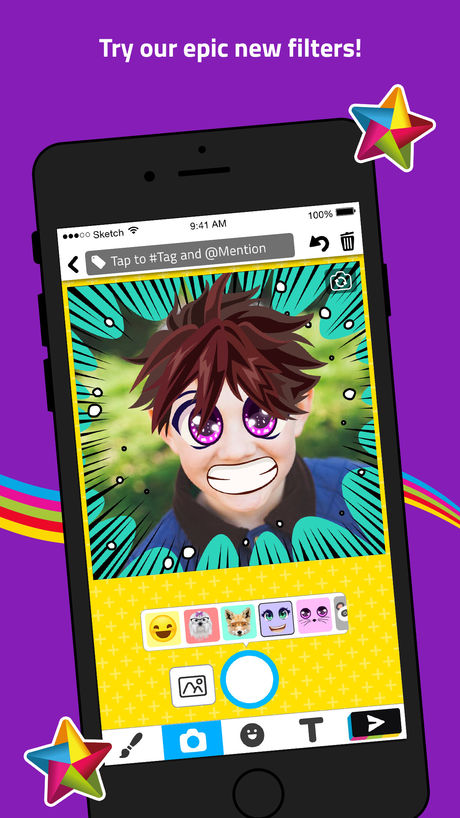
Results
During my time at Mind Candy we grew PopJam from nothing to over 1m users, only in the UK. Shortly after I left PopJam was sold to SuperAwesome who were best placed to monetise PopJam with their expertise in kid-friend advertising. At SuperAwesome PopJam has gone from strength-to-strength reaching millions more kids internationally and becoming the largest kids content platform in the world.
Key successes:
- Grew to over 1m kids
- Kids spent an average of 45m/day on PopJam
- Sold to SuperAwesome in 2015
- Home to the biggest kids brands and influencers
Press
- Moshi Monsters creator’s PopJam app is ‘Instagram for kids’ - The Telegraph
- Moshi Monsters maker pitches PopJam app as Instagram for kids - The Guardian
- Popjam is ‘walled-garden’ Instagram for kids, from Moshi Monsters maker - CNET
- Mind Candy gets social with Instagram-inspired PopJam app for kids - The Next Web
- Mind Candy sells its ‘Instagram for kids’ app PopJam to SuperAwesome - The Guardian


